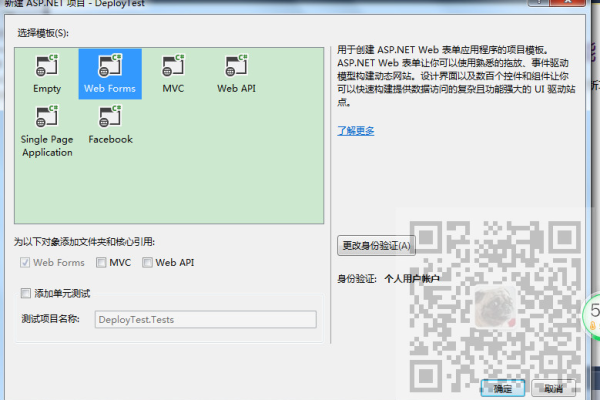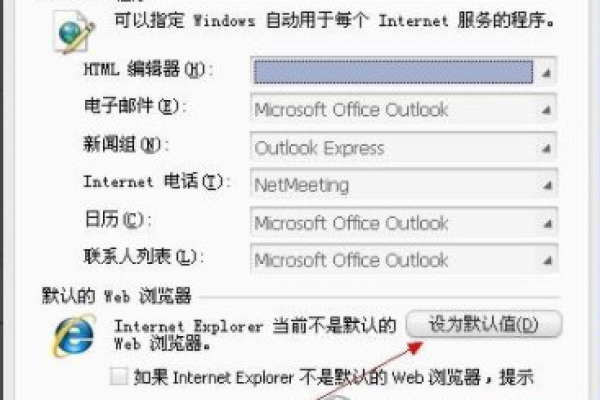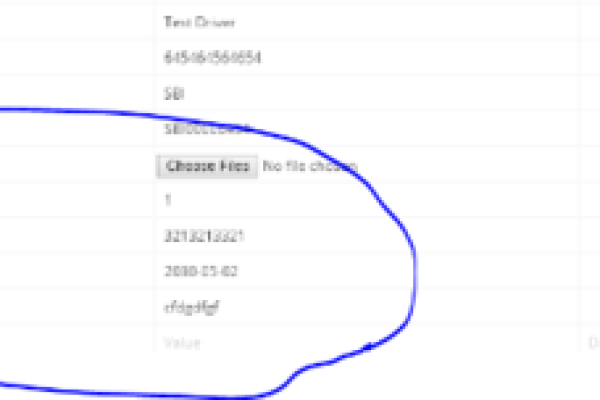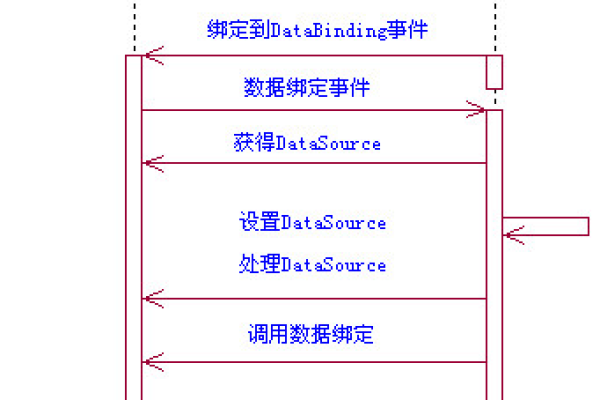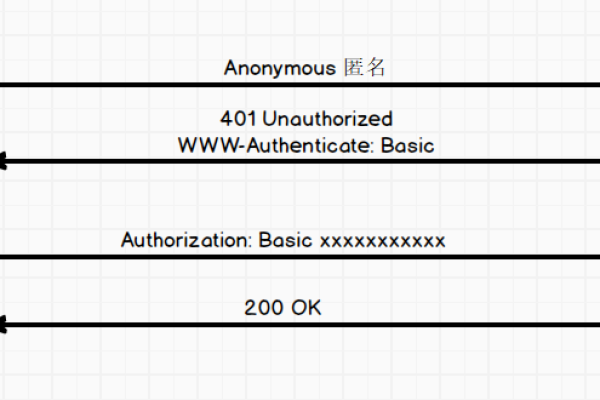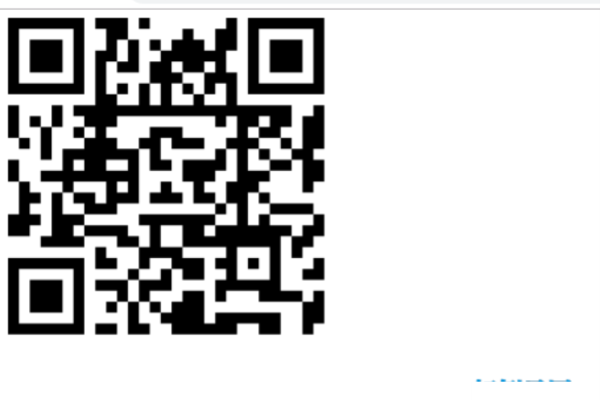ASP.NET如何实现页面内特定类型控件的禁用与启用?
- 行业动态
- 2025-03-09
- 5
Enabled属性来禁用或启用页面中的某一类型的控件。
在ASP.NET中,实现禁用或启用页面中的某一类型控件是一个常见需求,特别是在处理表单提交、防止重复操作等场景下尤为重要,下面将详细介绍如何简单实现这一功能。
实现步骤
1、定义控件枚举:
我们需要定义一个枚举ControlNameEnum,用于标识不同类型的控件,这包括常用的容器、输入框、按钮、复选框以及列表控件等。
public enum ControlNameEnum
{
Panel = 0, // 容器
TextBox = 1,
Button = 2,
CheckBox = 3,
ListControl = 4,
All = 100 // 所有控件
}
2、创建辅助类:
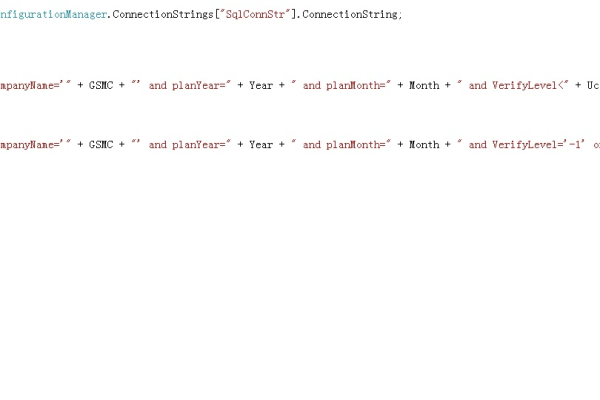
创建一个静态辅助类ControlHelper,其中包含一个静态方法SetControlsEnabled,这个方法负责遍历页面或容器中的所有控件,并根据指定的控件类型和启用状态进行设置。
public static class ControlHelper
{
public static void SetControlsEnabled(Control control, ControlNameEnum controlName, bool isEnabled)
{
foreach (Control item in control.Controls)
{
// 处理Panel控件
if (item is Panel && (controlName == ControlNameEnum.Panel || controlName == ControlNameEnum.All))
{
((Panel)item).Enabled = isEnabled;
}
// 处理TextBox和HtmlInputText控件
if (controlName == ControlNameEnum.TextBox || controlName == ControlNameEnum.All)
{
if (item is TextBox)
{
((TextBox)(item)).Enabled = isEnabled;
}
else if (item is HtmlInputText)
{
((HtmlInputText)item).Disabled = isEnabled;
}
else if (item is HtmlTextArea)
{
((HtmlTextArea)(item)).Disabled = isEnabled;
}
}
// 处理Button控件(包括多种按钮类型)
if (item is Button && (controlName == ControlNameEnum.Button || controlName == ControlNameEnum.All))
{
if (item is Button)
{
((Button)(item)).Enabled = isEnabled;
}
else if (item is HtmlInputButton)
{
((HtmlInputButton)(item)).Disabled = !isEnabled;
}
else if (item is ImageButton)
{
((ImageButton)(item)).Enabled = isEnabled;
}
else if (item is LinkButton)
{
((LinkButton)(item)).Enabled = isEnabled;
}
}
// 处理CheckBox控件
if (controlName == ControlNameEnum.CheckBox || controlName == ControlNameEnum.All)
{
if (item is CheckBox)
{
((CheckBox)(item)).Enabled = isEnabled;
}
else if (item is HtmlInputCheckBox)
{
((HtmlInputCheckBox)(item)).Disabled = !isEnabled;
}
}
// 处理ListControl控件(包括DropDownList、RadioButtonList等)
if (controlName == ControlNameEnum.ListControl || controlName == ControlNameEnum.All)
{
if (item is DropDownList)
{
((DropDownList)(item)).Enabled = isEnabled;
}
else if (item is RadioButtonList)
{
((RadioButtonList)(item)).Enabled = isEnabled;
}
else if (item is CheckBoxList)
{
((CheckBoxList)(item)).Enabled = isEnabled;
}
else if (item is ListBox)
{
((ListBox)(item)).Enabled = isEnabled;
}
else if (item is HtmlSelect)
{
((HtmlSelect)(item)).Disabled = !isEnabled;
}
}
// 如果控件还有子控件,则递归调用该方法
if (item.Controls.Count > 0)
{
SetControlsEnabled(item, controlName, isEnabled);
}
}
}
}
3、在页面中使用:
在ASP.NET页面的代码后端(如Page_Load事件或其他需要的地方),调用ControlHelper.SetControlsEnabled方法来禁用或启用指定类型的控件。
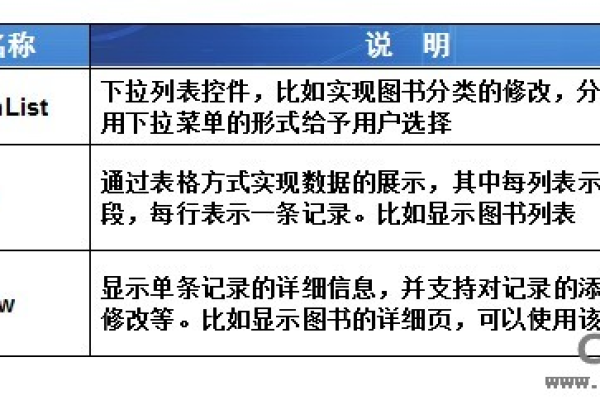
protected void Page_Load(object sender, EventArgs e)
{
if (!IsPostBack)
{
ControlHelper.SetControlsEnabled(this.Page, ControlNameEnum.Panel, false); // 禁用Panel控件
}
}
示例说明
假设我们有一个包含多个控件的ASP.NET页面,我们希望在页面加载时禁用所有的Panel控件,我们可以在Page_Load事件中调用ControlHelper.SetControlsEnabled方法,并传入this.Page作为根控件,ControlNameEnum.Panel作为要禁用的控件类型,以及false作为启用状态(即禁用),这样,页面上所有的Panel控件都会被禁用。
注意事项
递归遍历:由于控件可能包含子控件,因此需要使用递归来遍历所有层级的控件。
类型检查:在遍历过程中,需要对每个控件进行类型检查,以确保只对目标类型的控件进行操作。
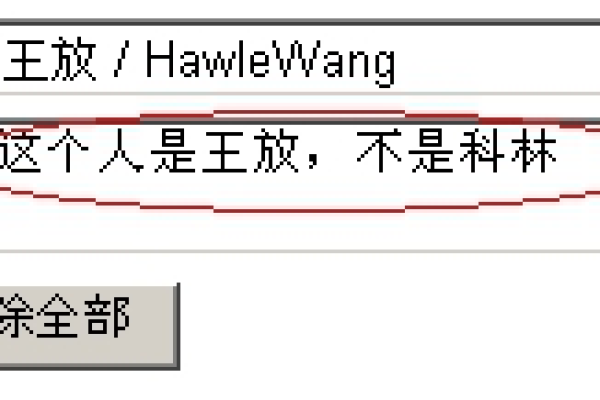
性能考虑:如果页面上的控件数量非常多,递归遍历可能会对性能产生一定影响,在实际应用中,可以根据需要优化递归算法或采用其他策略来提高性能。
扩展性:ControlNameEnum枚举和SetControlsEnabled方法都是可扩展的,可以根据项目的具体需求添加更多的控件类型和相应的处理逻辑。
通过以上步骤,可以简单地在ASP.NET中实现禁用或启用页面中的某一类型控件的功能,这种设计既灵活又易于扩展,适用于多种场景下的控件管理需求。
